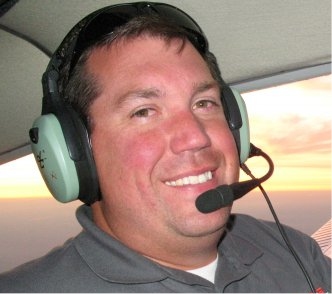
Jason Blair
Jason Blair is an active single- and multiengine instructor and an FAA designated pilot examiner with more than 6,000 hours total time, 3,000 hours of instruction given, and 3,000 hours in aircraft as a DPE. As examiner, he has issued more than 2,000 pilot certificates. He has worked for and continues to work with multiple aviation associations focusing on pilot training and testing. His experience as a pilot and instructor spans nearly 20 years and includes more than 100 makes and models of aircraft flown. Jason Blair has published works in many aviation publications with a focus on training and safety.
